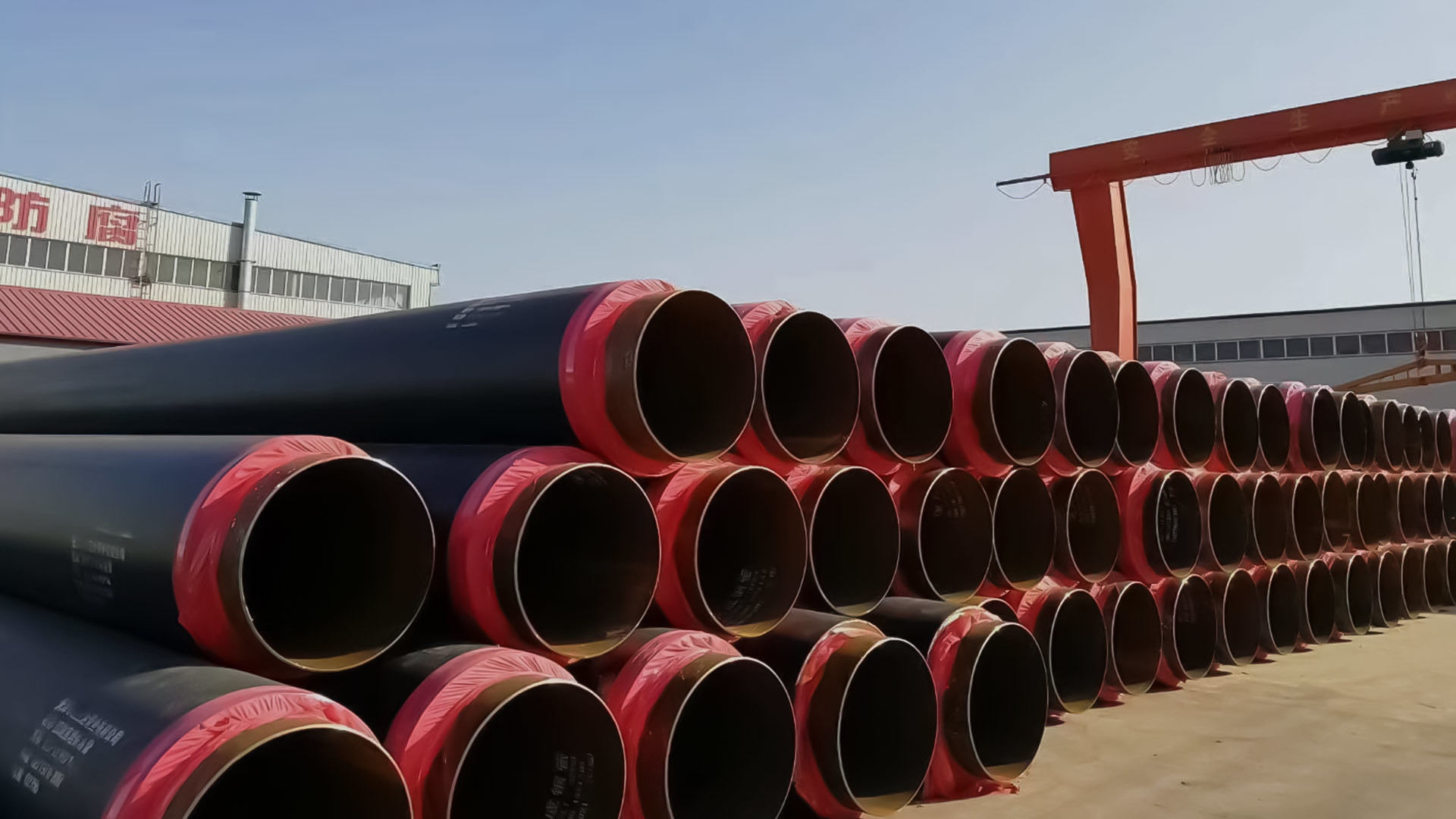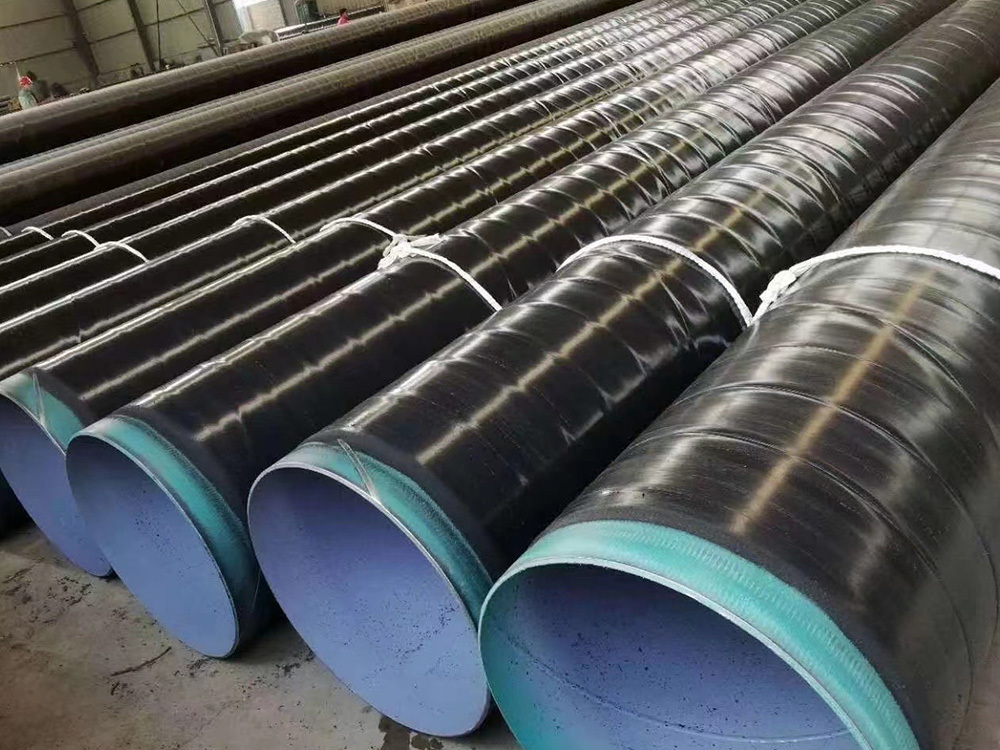304L Stainless Steel Elbow: A Comprehensive Guide to Quality and Performance
2025-06-17

304L Stainless Steel Elbow: A Comprehensive Guide to Quality and Performance
Table of Contents
- Introduction to 304L Stainless Steel Elbows
- What is 304L Stainless Steel?
- Properties of 304L Stainless Steel
- Applications of 304L Stainless Steel Elbows
- Advantages of Using 304L Stainless Steel Elbows
- Quality Considerations for 304L Stainless Steel Elbows
- Installation and Maintenance of 304L Stainless Steel Elbows
- Conclusion
- Frequently Asked Questions
Introduction to 304L Stainless Steel Elbows
In the world of piping systems, the **304L stainless steel elbow** stands out as a vital component. This guide aims to provide a thorough understanding of this material, its performance characteristics, and its extensive applications. Whether you are an engineer, contractor, or DIY enthusiast, understanding the intricacies of 304L stainless steel elbows will enhance your ability to select the right materials for your projects.
What is 304L Stainless Steel?
304L stainless steel is a low carbon version of 304 stainless steel. It contains approximately 18% chromium and 8% nickel, providing excellent corrosion resistance and formability. The lower carbon content in 304L makes it particularly suitable for welding applications, as it reduces the risk of carbide precipitation during welding processes. This characteristic is crucial for maintaining the integrity of welded joints in various industrial applications.
Properties of 304L Stainless Steel
304L stainless steel boasts a variety of beneficial properties that make it an excellent choice for piping components, including elbows. These properties include:
Corrosion Resistance
The high chromium content in 304L provides remarkable resistance to oxidation and corrosion in a wide range of environments, including acidic and alkaline conditions.
Durability and Strength
This alloy exhibits good tensile strength and ductility, allowing it to withstand high-pressure applications without deforming or failing.
Weldability
304L is specifically designed for ease of welding, making it a preferred material in construction and manufacturing where welded joints are common.
Temperature Resistance
It can maintain its strength and stability at elevated temperatures, making it suitable for various thermal applications.
Applications of 304L Stainless Steel Elbows
The versatility of 304L stainless steel elbows leads to their usage across multiple industries. Some notable applications include:
Food and Beverage Industry
In this sector, 304L stainless steel is often utilized for piping systems that transport liquids and gases, ensuring both hygiene and safety due to its corrosion-resistant properties.
Chemical Processing
The chemical industry frequently employs 304L elbows in systems that handle corrosive substances, where its resistance to chemical attack is imperative.
Oil and Gas
Pipes constructed from 304L stainless steel are common in oil and gas applications due to their ability to endure harsh environments.
Pharmaceuticals
In pharmaceutical manufacturing, maintaining sterile conditions is critical. 304L stainless steel elbows facilitate the clean transport of materials in compliance with industry regulations.
Advantages of Using 304L Stainless Steel Elbows
Choosing 304L stainless steel elbows offers numerous advantages:
Enhanced Lifespan
Due to their exceptional corrosion resistance, 304L stainless steel elbows can significantly outlast their counterparts made from lower-grade materials.
Cost-Effectiveness
While the initial investment might be higher, the long-term savings from reduced maintenance and replacement costs make 304L elbows a financially sound choice.
Versatile Use
Their adaptability to different environments allows for wide-ranging applications across various industries.
Environmental Resistance
These elbows exhibit robust performance in both low and high-temperature environments, further expanding their usability.
Quality Considerations for 304L Stainless Steel Elbows
When purchasing 304L stainless steel elbows, certain quality indicators should be taken into account:
Standards and Certifications
Ensure that the elbows meet industry standards such as ASTM A403 or ASME B16.9, which dictate the quality and design specifications.
Manufacturing Process
Understanding the production methods can provide insights into the elbow's durability and reliability. Look for manufacturers using modern techniques like precision machining and high-quality welding processes.
Inspection and Testing
Quality control measures, including non-destructive testing methods (like ultrasonic testing), should be implemented to ensure the integrity of the elbows.
Installation and Maintenance of 304L Stainless Steel Elbows
Proper installation and maintenance are crucial for maximizing the performance and lifespan of 304L stainless steel elbows.
Installation Tips
- **Preparation**: Clean the surfaces to be welded or joined to ensure a secure connection.
- **Alignment**: Ensure proper alignment during installation to avoid stress and potential failure.
- **Welding Techniques**: Use appropriate welding techniques to maintain the integrity of the material.
Maintenance Practices
- **Regular Inspections**: Conduct routine checks for any signs of wear or corrosion.
- **Cleaning**: Keep the elbows clean to prevent buildup of corrosive materials.
- **Repairs**: Address any damage immediately to prevent further degradation.
Conclusion
The **304L stainless steel elbow** is a critical component in various piping systems, offering durability, corrosion resistance, and versatility. Understanding its properties, applications, and maintenance requirements empowers professionals and enthusiasts alike to make informed decisions. By choosing high-quality 304L elbows, you can ensure the longevity and efficiency of your piping systems, ultimately leading to better project outcomes.
Frequently Asked Questions
1. What is the difference between 304 and 304L stainless steel?
304L stainless steel has a lower carbon content than 304, which makes it more suitable for welding applications as it minimizes the risk of carbide precipitation.
2. Can 304L stainless steel elbows be used in outdoor applications?
Yes, due to their corrosion-resistant properties, 304L stainless steel elbows are suitable for outdoor applications, although they may require additional protective measures in highly corrosive environments.
3. How can I ensure the quality of the 304L stainless steel elbows I purchase?
Look for reputable suppliers, check for industry certifications, and request documentation of quality control measures used during manufacturing.
4. Are there any specific maintenance tips for 304L stainless steel elbows?
Regular inspections, cleaning to prevent buildup, and prompt repairs of any damage are essential for maintaining the quality and performance of 304L elbows.
5. What industries predominantly use 304L stainless steel elbows?
304L stainless steel elbows are commonly used in the food and beverage, chemical processing, oil and gas, and pharmaceutical industries due to their excellent corrosion resistance and durability.
Blog
304L Stainless Steel Elbow: A Comprehensive Guide to Quality and Performance
304L Stainless Steel Elbow: A Comprehensive Guide to Quality and Performance
Table of Contents
Introduction to 304L Stainless Steel Elbows
What is 304L Stainless Steel?
Properties of 304L Stainless Steel
Applications of 304L Stainless Steel Elbows
Advantages of Using 304L Stainless Steel Elbows
Quality Considerations for 304L Stainless Steel Elbows
Installation and M









